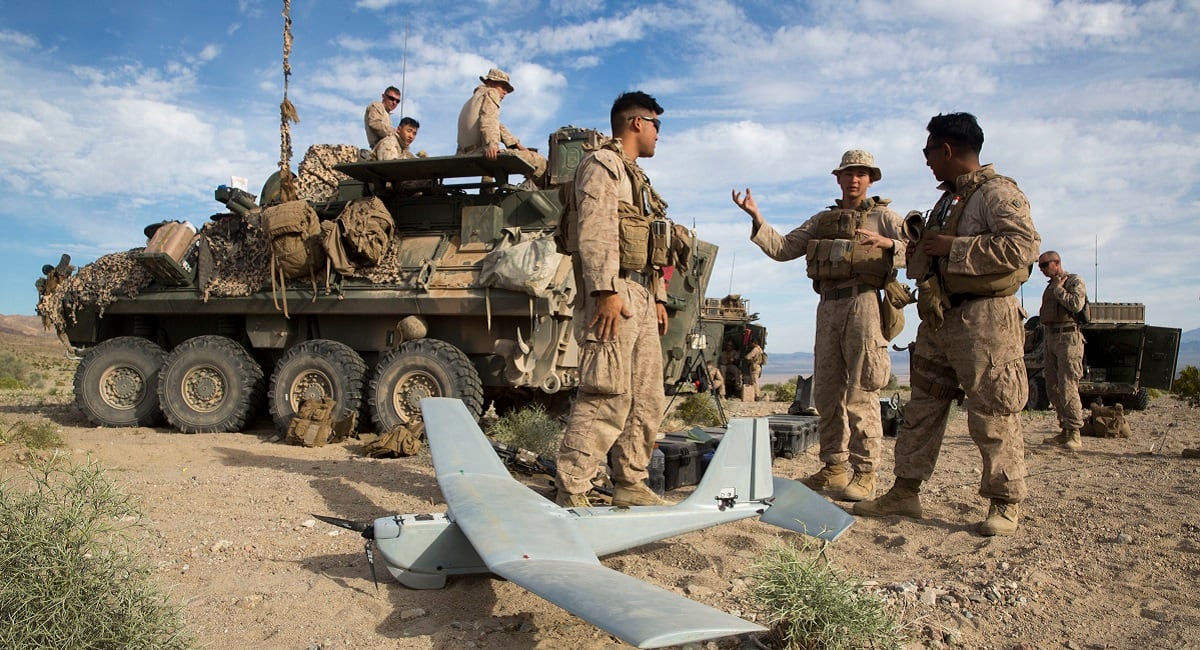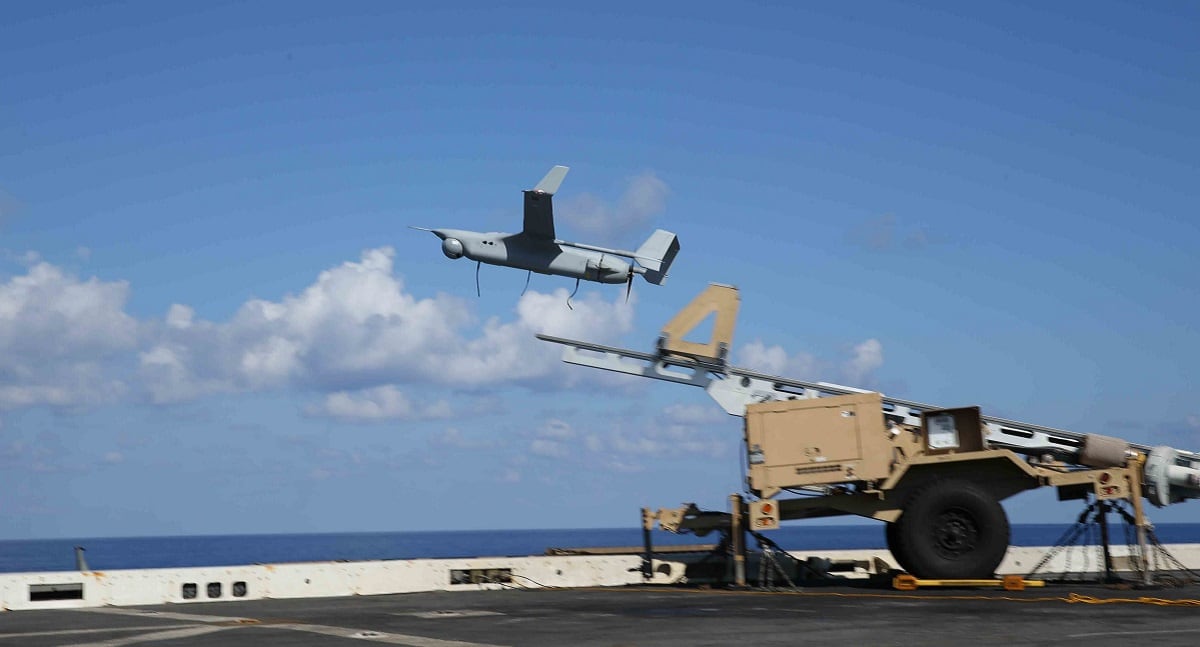The Corps might not have any manned aircraft 15 years from now, the top Marine said at a national security discussion at Brookings Institution Thursday.
The U.S. military is amid a major shift in pushing high tech gear and equipment to compete with rising adversaries, which includes cyber, automation, robotics and drone aircraft.
“I don’t know what war is going to look like in the future,” said Commandant of the Marine Corps Gen. Robert B. Neller. “I think things that fly in the sky, the great majority of them … there will not be human beings at the control. There will be a human somewhere directing that thing.”
Even with the trend towards drones and automation the human element will not be completely removed from the battlefield.
“We aren’t androids,” Neller said. “There is a human part of this.”
The Corps currently doesn’t have a huge selection of drone aircraft in its inventory. But it has experimented with an automated UH-1H Huey for delivering logistics, and is incorporating small quadcopters within every rifle squad.
RELATED

On top of that, the Marines are in the middle of developing a large-scale sea drone called the MUX that can escort the MV-22 Osprey, conduct intelligence collection, and provide communications relay and armed attack against enemy forces.
This new tech already has exploded across the battlefield where even ragtag groups like ISIS have managed to weaponize small commercial drones.
There are other tactical drones within the Corps arsenal as well like the RQ-20 Puma and the force is looking to incorporate a long-range precision guided suicide drone that can take out ground or sea targets.
The Corps also operates small surveillance drones like the ScanEagle which is primarily used for maritime surveillance and reconnaissance, the RQ-21 Blackjack and the RQ-7 Shadow.
But as drone and automation proliferates on the battlefield, pilots may no longer be necessary and there will be a push to use tech to reduce risk, according to Neller.
“We can fly everything we get now without a human being in the cockpit,” Neller said. “Any vehicle we have, any airplane we have … to fly that thing I am not sure we need a human being.”
But there will always be some human element to the battlefield, especially in low intensity conflicts.
In those fights you’ll still have a Marine or soldier on the ground with a rifle saying “this is mine, you can’t have it, come and get it,” Neller explained.
However, in a future war “you’re going to see a lot more electronic, cyber … and I think you’re going to see a lot more automation,” he said. “It will be very different.”
Shawn Snow is the senior reporter for Marine Corps Times and a Marine Corps veteran.





